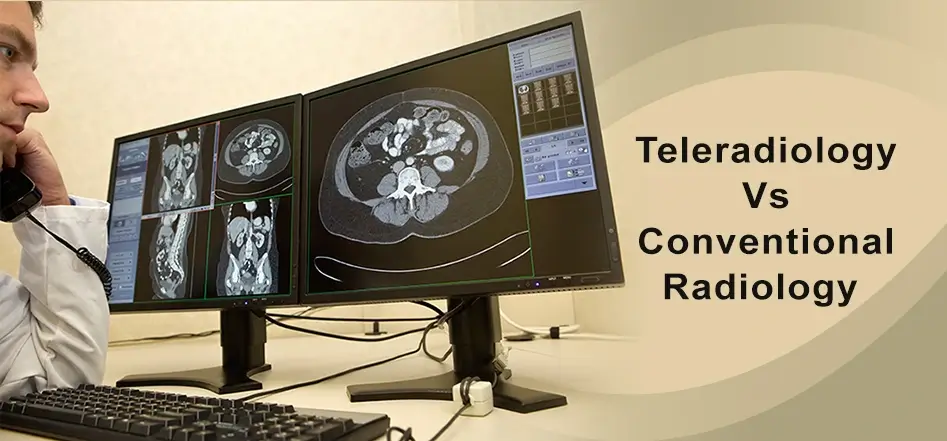Is Teleradiology Reliable Compared to Conventional Radiology?

Teleradiology services tend to be more focused on quality as they are held to a higher quality standard than onsite radiology groups. Best practices such as peer review, quality checks, accreditation by standards agencies and HIPAA compliance are all features of top teleradiology companies such as Teleradiology Solutions.
The services are complementary and one can not replace the other. However teleradiology has the advantage of time-zone difference and better coverage of remote geographical areas.
While the radiologist is not present on site in teleradiology, the level of communication still remains high between the radiologist and the hospital. For instance, in our work with US hospitals, even though we may be half a world away, our radiologists communicate telephonically in real time with the physicians at the hospitals to communicate critical results immediately.
In fact, many local radiology groups practice radiology from off-site, ie they provide services to 2-3 hospitals or diagnostic centers at the same time. And even within the hospital a lot of the communication between the clinician and the radiologist takes place over the telephone. So in the electronic age, with modern telecommunications, teleradiology is not really that much more remote or distant.
